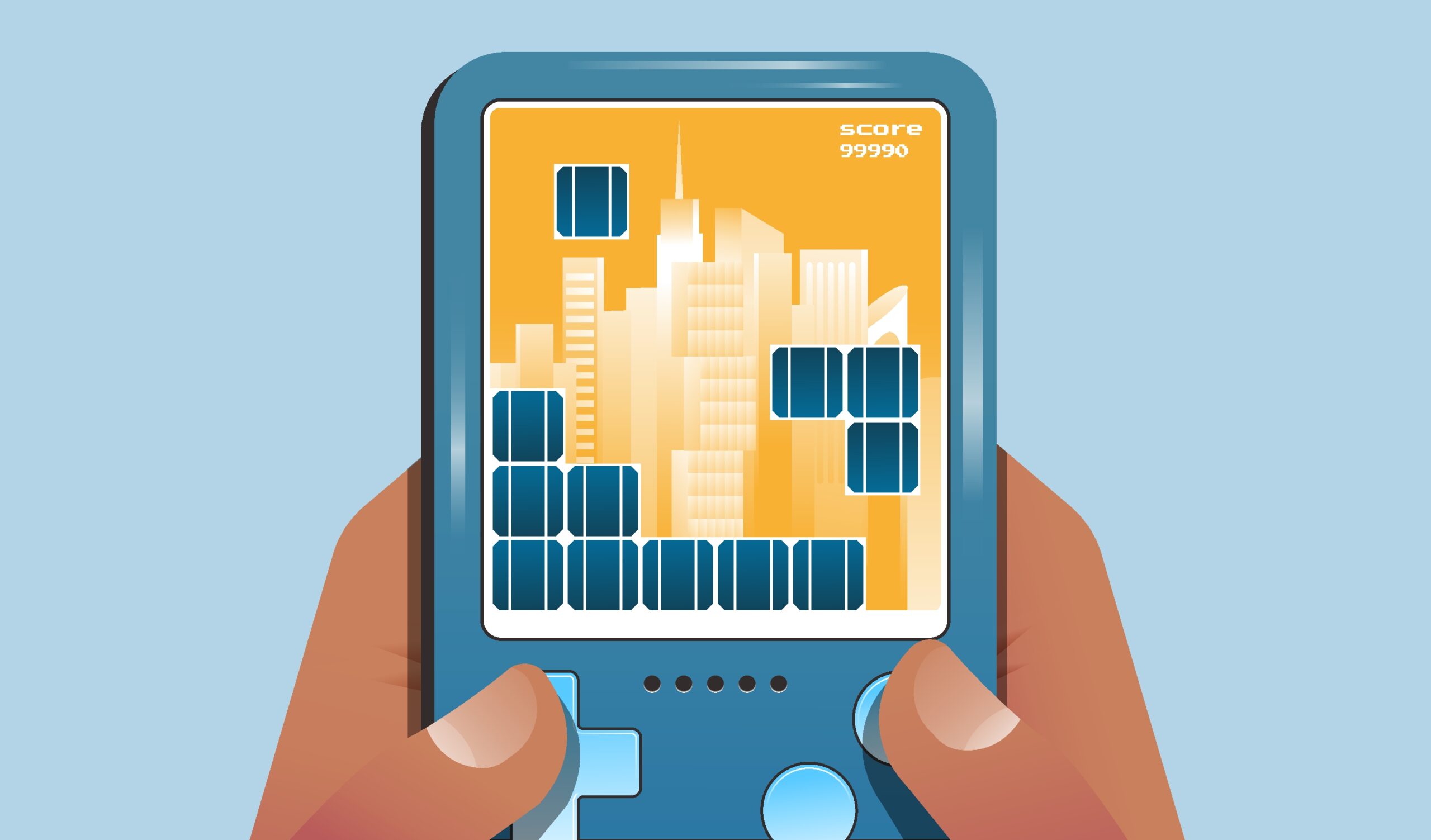Creating a distributed energy resource (DER) strategy that will deliver results, engage your customers, and fit your utility can be difficult. From wildly fluctuating weather patterns to emerging technologies, flexibility is critical when developing a successful DER strategy. The challenge is increased in trying to find the distributed energy resource management system (DERMS) that satisfies the full scope of your needs. Connecting DERs to your demand response (DR) programs adds a level of complexity to your efforts as you consider time, cost, and the speed of technological change required to determine the future scalability of your conservation efforts. Whether it’s finding the right fit for your device types or looking to future needs, the software provider you use to manage your DER strategy should neither dictate nor limit your decision-making. So where do you start?
Choosing the Right Software
Now that we’ve tackled some of the complexities, let’s look at a few of the most common distributed energy resource management systems models. With tight budgets in the utility industry, starting from the ground up is likely not the most affordable or practical solution. Ideally, you want to find a flexible and adaptable solution that meets your needs, without exceeding your means. With that in mind, how do you decide on the software that will fit your strategy?
Purpose-Built DERMS
Purpose-built DERMS are designed uniquely to each utility’s needs. These distributed energy resource management systems are intended to come fully loaded with a dizzying display of options intended to anticipate future grid needs and emerging technologies. Since this is a custom solution built just for your utility, it also can require a rather large IT project to make sure that the program and security work within your current constraints.
These program prerequisites slow device and customer enrollment before you’ve ever had a chance to call a demand event. For many, the high price tag on purpose-built DERMS risks the potential of getting stuck with the sunk cost fallacy or continuing a project beyond your initial expectations because of the investments that you’ve made along the way.
Vendor-Led Solution
A vendor-led DERMS solution offers an ostensibly fully-managed solution to utilities. What that means is that the vendor —not your utility operation— is in charge of everything from your enrollment to calling your demand events and beyond. Many of these distributed energy resource management system providers utilize a specific device partners list that may or may not work for your program. With limited device control, you are at the mercy of the provider in terms of your integrations. This not only limits your options, but also the number of customers who can participate in your programs or pilots.
Since vendor-led solutions are managed by a third party —the vendor— you run the risk of losing out on value customer engagement opportunities. Likewise, this solution doesn’t allow you access to the valuable real-time data of the devices enrolled in your programs. That may present a problem to customers interested in evaluating their efforts and could challenge the overall efficacy of your demand events. By missing out on data, you can’t make an informed decision as to when or when not to call an event during critical peak times.
Flexible Self-Service SaaS
The previous two models are at odds, with purpose-built and vendor-led DERMS serving as counterpoints with one another. While purpose-built DERMS come with a great initial cost meant to capture the full scope and gravity of such an enormous project, vendor-led DERMS offer ease of implementation at the expense of your control. With a flexible self-service SaaS model, you can have the best of both worlds. A flexible self-service SaaS model offers a modular solution, an a la carte style buffet that allows you to choose only what you need, as you need it. Since each element of this model can operate independently, you can scale up as you go.
A flexible distributed energy resource management system offers opportunities to integrate a wide range of OEMs, opening up possibilities for greater customer enrollment. Having the ability to engage customers and manage the program at your leisure removes confusion for customers while giving you the data you need to continually fine-tune your program.
3 Distributed Energy Resources Management System (DERMS) Models Conclusion
Finding the right solution for your distributed energy resource management system is vital to the continued viability of your conservation programs. Research indicates that heatwaves are five times more common now than the world would be without climate change. And that number is growing, with climate models projecting heatwaves about twelve times as frequent by 2040.
Demand response programs offer a path for utilities to save money while saving thousands in megawatts during peak times of usage. The global demand response market is robust, with a projected $1.71b in growth expected between 2021-25. That market is growing with more programs added every year to tackle the growing demand that DERs from EV charging and more reshape the future of the grid. Investing in the right DERMS now can help you prepare for today for tomorrow.







